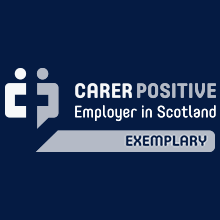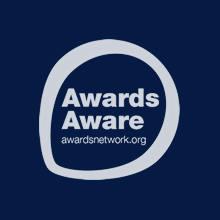This page was last reviewed 12-01-21
Introduction
Facial nerve palsy can be congenital or acquired. This RefHelp topic is concerned with acquired only.
Facial nerve palsy is characterized by rapid onset of unilateral facial weakness. This is particularly troublesome if it causes inability to close the eye or mouth (drooling). The severity can be variable between the particular facial areas (eyes, nose & mouth).
The most important grading and management decision is the ability to close the eye. If eye closure is not possible or restricted, the cornea is at risk of drying out and injury and the eye needs to be protected.
Most commonly no underlying pathology is detected (idiopathic) and the paralysis is termed Bell’s palsy. This is rare in children (approximately 6/100.000). The prognosis is good with about 70% spontaneous resolution within 3 months of onset.
In children facial nerve paralysis can be secondary to middle ear pathology, in particular acute otitis media.
Causes of Facial Nerve Palsy
- Viral
- Acute otitis media
- Chronic suppurative otitis media (cholesteatoma – very rare pathology)
- Lyme borreliosis can present with lower motor neurone facial nerve palsy. If any history of tick bites (particularly, but not exclusively, within the last 30 days); if any suggestion of erythema migrans particularly of head and neck area; or if history of the progression of palsy is unusual.
- Acute trauma: refer to plastic surgery
Referral Guidelines
If there are concerns regarding ear infection (AOM/CSOM), refer to ENT.
If Lyme borreliosis is suspected, discuss with infectious diseases
If Idiopathic (Bell’s): If no improvement at 1 month with treatment refers to Neurology.
If eye symptoms (incomplete closure/pain/erythaema) discuss with ophthalmology-will need eye protection
Treat underlying condition if identified.
Idiopathic lower motor neurone CN VII palsy (absence of forehead wrinkles)
Treatment:
- Should be ideally commenced within 72hours
- Prednisolone 1mg/kg OD 10 days on reducing regime (NB NO Acyclovir if Bell’s)
- Add Acyclovir if Ramsay Hunt (vesicles on TM/ear canal/Soft palate)
- Eye protection – due to lack of eye closure consider:
- Tape eye shut at night
- Lacrilube/viscotears day and night
- Patching when outside (protection from grit)
- If lack of eye closure, consider referral to Ophthalmology













